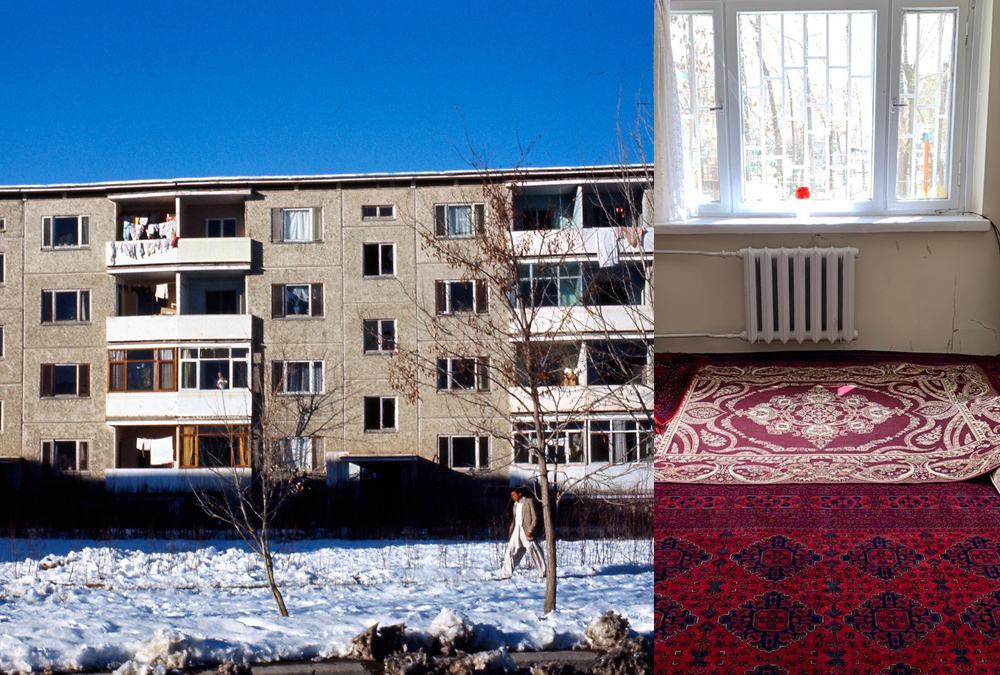Soviet Blocks in Afghanistan: Uncovering a Sense of Nostalgia
Contributor
0 • Patchwork
As a writer, my creative stories focus on capturing the bittersweet feelings of nostalgia that come with being raised in an Afghan household. Growing up within a Soviet building known as Khrushevka or simply called ‘بلاک های مکرویان’ among the Afghans, I am struck by the power of memory and the enduring impact of our past experiences within these spaces. Whether encountering an unexpected reminder of the past or simply revisiting old memories, I believe that we all carry with us a sense of belonging for the places that have shaped us.
From the tumultuous regimes to the relentless march of urbanization, the Khrushevka buildings stood as silent witnesses to history. The Khruchevka buildings are ubiquitous in my childhood. As a diaspora, I find myself drawn to exploring how these buildings continue to shape my memories and influence my perspectives. The 4-5 story concrete buildings, of 30-40 prefabricated residential stacked units, that filled the outskirts of Soviet cities, resulted in the formation of Mikrorjon (micro-districts). They were simple and offered little by way of ornamentation. But for those who lived in them, they were much more than just buildings. They were communities; places where families grew and thrived, friends were made, and memories were created.
Whenever I come across these buildings, regardless of their geographic location and culture, I am overwhelmed with a sense of nostalgia. To me, they represent a shared experience that transcends borders and cultures. The nostalgia I feel when I see these buildings in Eastern Europe comes from the fact that I grew up in a similar building. The memories of my childhood are closely intertwined with the structure and atmosphere of these buildings, and they represent a significant part of my identity and upbringing. A Khurschevka building in Estonia and one in Afghanistan may not be the same, but still, the images I see in Estonia, Ukraine, or Poland evoke and bring back powerful and enduring memories and emotions. I can still remember the distinct touch of the cold concrete walls, the sound of my mother’s voice echoing through the halls, my siblings running around and playing joyfully in the front garden, and the warm feeling of belonging that came with being part of a close-knit community.
As I explore the enduring impact of these buildings on my life and my work, I am reminded of the power of memory and the ways in which our past experiences shape our present and future. Even though the Khrushevka buildings are no longer the same as they were in my childhood, they continue to hold a special place in the hearts of many who grew up in them.

